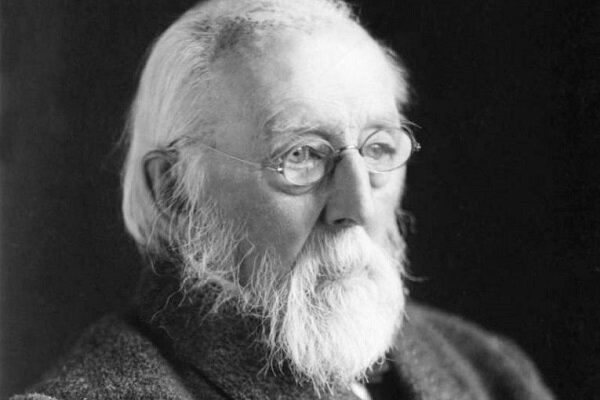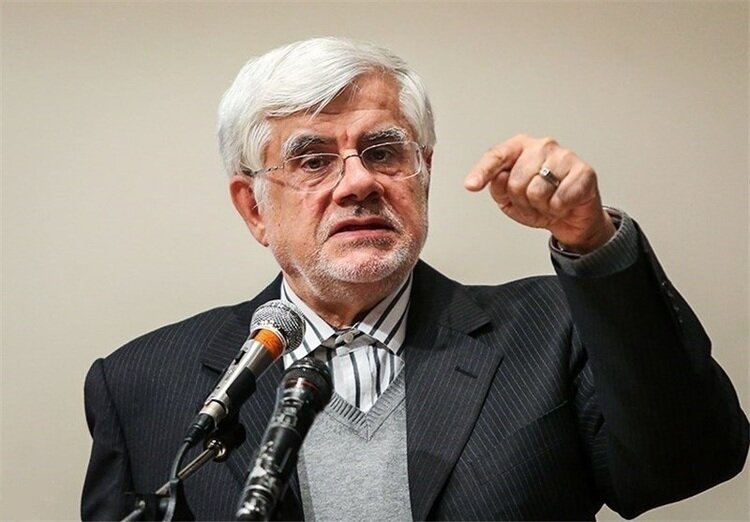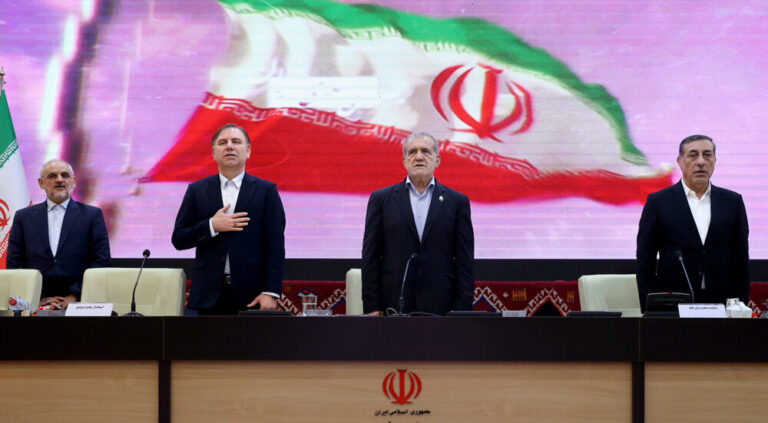Exploring Theodor Nöldeke: Pioneering Scholar of the Quran and Shahnameh
“Familiar Strangers” is an insightful series dedicated to exploring the lives and careers of foreign writers and researchers who have shown a keen interest in Iranian culture and literature. The inaugural issue of this series shines a spotlight on Theodor Nöldeke, a prominent figure in the field of Oriental studies. Born on March 2, 1836, in a quaint town near Hamburg, Germany, Nöldeke’s journey into academia was profoundly shaped by his early education and the influences of his family and mentors.
Theodor Nöldeke began his academic pursuits under the guidance of his father, who instilled in him a love for classical Greek and Latin literature. His education was further enriched by studying under the renowned orientalist Heinrich Ewald, where he developed a deep interest in Eastern studies, ultimately pursuing theology, philosophy, and Semitic languages up to the doctoral level. At the young age of 20, he earned his first doctorate with a dissertation on the history of the Quran, marking the beginning of his extensive research career.
In his seminal thesis, titled The History of the Quran, Nöldeke meticulously divided his research into two distinct sections: the literary history of the Quran based on Islamic sources and the analyses provided by European orientalists. This foundational work became a significant focus of his scholarly endeavors throughout his lifetime.
Study of the Quran as a Revelatory, Historical Text
In 1858, Nöldeke was awarded the prestigious Paris Academy Prize for his insightful essay on the Quran. By 1860, he published a German translation of his doctoral dissertation, also titled The History of the Quran. This influential book underwent several revisions and was later republished with the collaboration of his students.
After completing his doctoral research, Nöldeke embarked on a journey across Europe, first visiting Vienna, followed by Leiden in the Netherlands, where he dedicated a month to examining Arabic manuscripts. In April of the same year, he settled in Berlin, continuing his studies on Arabic and Turkish manuscripts and compiling a catalog of Turkish manuscripts housed in the library there.
At the age of 25, in 1861, Nöldeke was appointed as a professor of Semitic languages and Islamic history at the University of Göttingen. Eleven years later, he transitioned to the University of Strasbourg, where he focused primarily on Islamic civilization and Semitic languages. His deep knowledge and expertise in various fields of Oriental studies, especially in Semitic languages such as Arabic, Syriac, Hebrew, and Aramaic, solidified his reputation as a leading scholar in his field.
Nöldeke’s work, The History of the Quran, remains his most notable contribution. It is widely recognized as the first complete translation of the Holy Quran, and even after more than a century, it continues to be a reference point for Western researchers.
In his analysis, Nöldeke categorized the Quranic surahs into two primary groups: Meccan and Medinan. He further subdivided these into smaller sections, organizing them into three Meccan periods and one Medinan period. His method of examining the Quran’s revelation chronologically, rather than adhering to the traditional order, allowed for a more profound understanding of the text in relation to historical events.
For example, Nöldeke placed Surah Al-Anbiya, traditionally recognized as the 21st chapter of the Quran, as the 65th surah in his classification. This innovative approach provided a systematic method for studying the sacred text, facilitating theological, literary, and historical analysis.
Another significant contribution by Nöldeke is his concise work, Biography of Muhammad, where he offers a brief yet insightful account of the life and times of the Prophet Muhammad (PBUH), based on historical narratives. Despite the acclaim, both books have faced criticism from various scholars.
Nöldeke’s Iranology and His Major Works
Nöldeke’s explorations in Arabic and Islamic studies naturally led him to delve into Iranian studies. He meticulously examined Persian sources and accounts of the Sassanids in the Tarikh al-Tabari. His interest in Iranian literature blossomed as he studied the Shahnameh and various Pahlavi texts, such as the Kârnâmag î Ardashîr î Babagân (The Book of the Deeds of Ardashir, Son of Papak). During this scholarly journey, he also mastered Middle Persian, further complementing his existing proficiency in modern Persian.
Nöldeke’s extensive research in Iranian studies spanned a broad spectrum, encompassing not only historical subjects but also linguistic traits, morphology, geography, mythology, and epic narratives. His investigations culminated in two major works:
- History of the Persians and Arabs in the Time of the Sassanids – This book, which was translated into Persian by Abbas Zaryab Khoei, delves into the Sassanid Empire and its interactions with the Arabs, serving as a key resource for studying Sassanid history.
- The National Epic of Iran – Published in 1920, this work analyzes the Shahnameh as Iran’s national epic, examining its structure, content, and cultural significance while establishing its rightful place in world literature.
In his examination of the History of the Persians and Arabs, Nöldeke offered crucial insights into the Sassanid era and the transition of power to the Muslims through his translation and analysis of the Iranian sections of Tarikh al-Tabari.
Nöldeke’s Perspectives on Shahnameh
Nöldeke approached the Shahnameh from both historical and mythological viewpoints, perceiving it as a blend of actual history, legends, and oral narratives from ancient Iran. He acknowledged the influence of Sassanian sources, particularly the Khwaday-Namag (Book of Kings), on the epic’s structure.
While he appreciated the literary merit of the Shahnameh, he also critiqued certain narratives for their historical inaccuracies. His research significantly shaped the field of Iranian studies in the West, with many subsequent scholars adopting his methodologies and findings in their own examinations of Iranian history and literature.
Nöldeke’s critical approach involved analyzing the linguistics, style, and historical sources of the Shahnameh. He was among the pioneers in recognizing the epic not merely as a literary work but as a vital historical resource for understanding Iran’s past.
The Significance of Nöldeke’s Work
Throughout his studies on the Shahnameh, Nöldeke sought to unravel its historical, mythological, and literary dimensions. He viewed the epic as not only a literary masterpiece but also a crucial source for comprehending ancient Iranian history and culture, as well as the Islamic period. His research highlighted the mutual influences between Iranian and Islamic cultures, emphasizing how Ferdowsi preserved ancient Iranian myths and history in a timeless literary format.
Nöldeke’s scholarly contributions were instrumental in enhancing Western scholars’ understanding of Persian literature and the global significance of the Shahnameh. His precise analyses illuminated various aspects of this epic, fostering greater recognition and appreciation in the West.
Nöldeke’s Legacy and Final Years
Today, Theodor Nöldeke is celebrated as a distinguished Orientalist and is revered for his profound impact on the field. He is regarded as one of the most influential scholars, having left an indelible mark on both his contemporaries and future generations of researchers. His remarkable intellect, extensive knowledge of classical literature, and mastery of multiple Semitic languages—Arabic, Syriac, and Hebrew—allowed him to achieve a prominent status not only among German Orientalists but also in the global academic community.
Nöldeke spent his final years with his son in Karlsruhe, where he passed away on December 29, 1930, at the age of 94, leaving behind a rich legacy of research and scholarship that continues to inspire scholars and enthusiasts of Iranian studies today.
MNA/6368503






